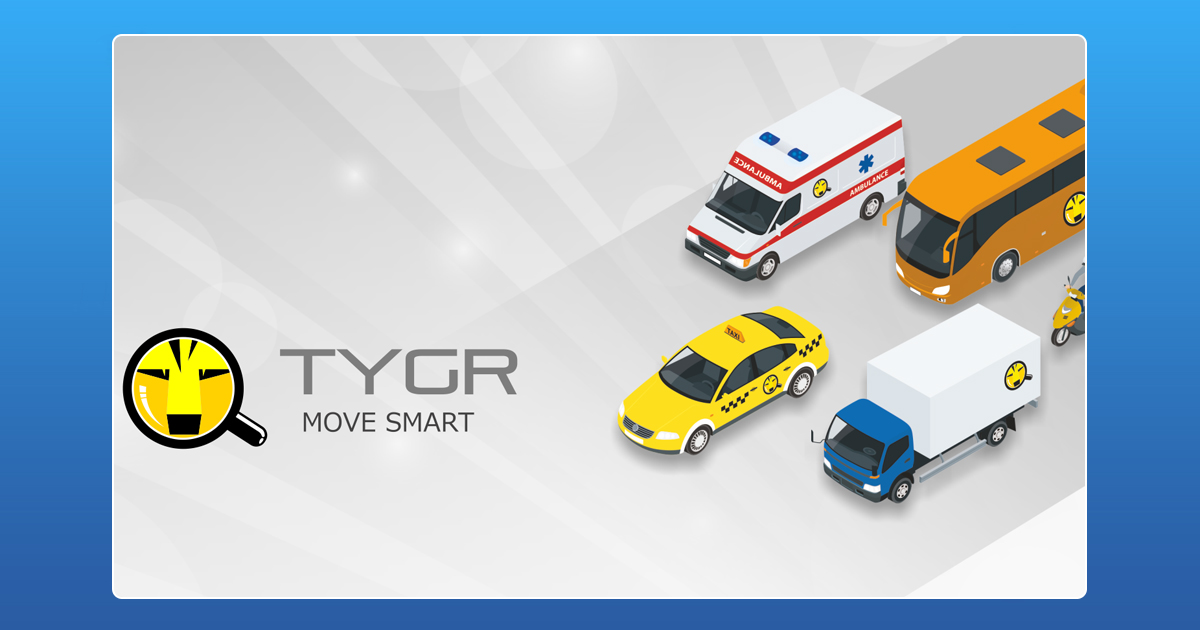In an effort to take on cab aggregators like Ola and Uber, the Bangalore Taxi drivers are coming together to create their own platform, Namma TYGR. The new platform is backed by the ex Chief Minister of Karnataka and leader of Janata Dal (secular) H.D. Kumaraswamy.
The taxi drivers initiative was launched on Saturday and it already has about 10,000 drivers on its roster. Out of the 10,000 drivers, 5,000 are already active and the new cab service provider has already attracted a lot of interested members.
Competing with Ola and Uber will not be easy for Namma TYGR. However, in an attempt to set themselves apart from Ola, Namma TYGR also offers rides at affordable rates. Namma TYGR provides Hatchback services starting at Rs. 12.50 per km, Sedan at Rs. 14.50 per km and SUV at Rs. 18.50 per km. Like Ola, they will also have outstation and rental services soon.
TYGR’s charges are almost double of what Ola and Uber offer. This is primarily due to the fact that this new competition does not have any major financial backup. However, unlike Ola and Uber, TYGR’s rates are fixed, with no surges during peak times.
TYGR drivers are also given a host of benefits as opposed to Ola and Uber drivers. Better profit margins, insurance cover for families, textbooks for their children, healthcare including accident and life cover and car maintenance. Currently functioning in Bangalore, Mumbai, Kolkata, Ranchi and Indore, TYGR is also planning to expand to Kota and Bhubaneswar as well.
Ola and Uber have been receiving a lot of flak in the past couple of months because of a bunch of reasons, customer negligence being one of the main concern. TYGR’s launch comes at a good time and poses a real threat to these popular cab aggregators. What remains to be seen is the longevity and sustainability of TYGR and whether it will be able to take on deep pocketed investors like Softbank.


GO88
November 6, 2025 at 5:37 pm
Tham gia cộng đồng game thủ tại Go88 để trải nghiệm các trò chơi bài, poker phổ biến nhất hiện nay.
ios超级签
November 8, 2025 at 8:18 pm
苹果签名,苹果超级签平台,ios超级签平台ios超级签苹果企业签,苹果超级签,稳定超级签名
J88
November 9, 2025 at 9:18 pm
Đến với J88, bạn sẽ được trải nghiệm dịch vụ cá cược chuyên nghiệp cùng hàng ngàn sự kiện khuyến mãi độc quyền.
谷歌外推
November 12, 2025 at 9:58 pm
采用高效谷歌外推策略,快速提升网站在搜索引擎中的可见性与权重。谷歌外推
MM88
November 14, 2025 at 11:32 pm
Khám phá thế giới giải trí trực tuyến đỉnh cao tại MM88, nơi mang đến những trải nghiệm cá cược thể thao và casino sống động.
MM88
November 15, 2025 at 2:04 pm
Với giao diện mượt mà và ưu đãi hấp dẫn, MM88 là lựa chọn lý tưởng cho các tín đồ giải trí trực tuyến.
Kuwin
November 20, 2025 at 2:49 pm
kuwin sở hữu kho game đa dạng từ slot đến trò chơi bài đổi thưởng, mang đến cho bạn những giây phút giải trí tuyệt vời.
iwin
November 21, 2025 at 11:50 am
iwin – nền tảng game bài đổi thưởng uy tín, nơi bạn có thể thử vận may và tận hưởng nhiều tựa game hấp